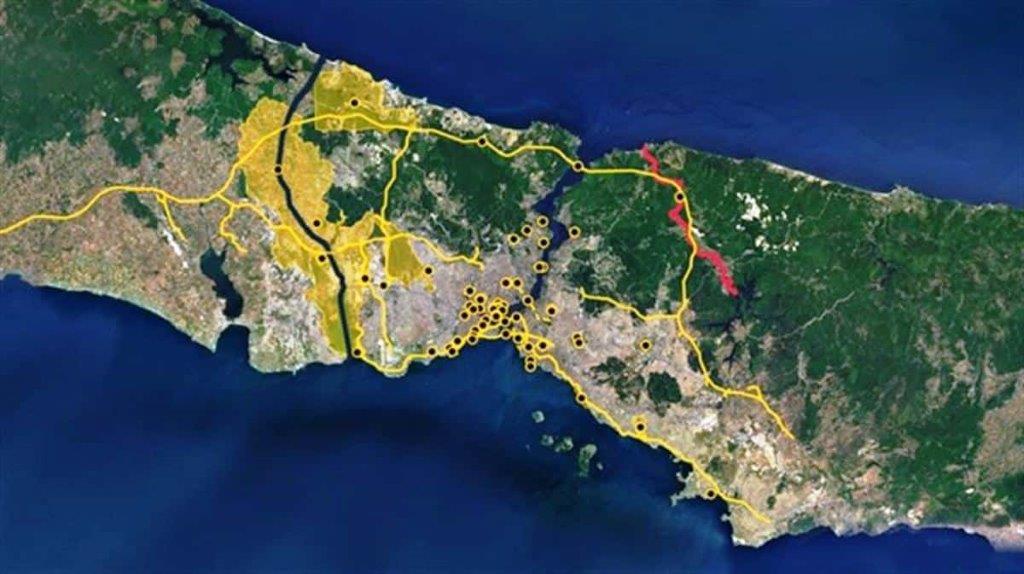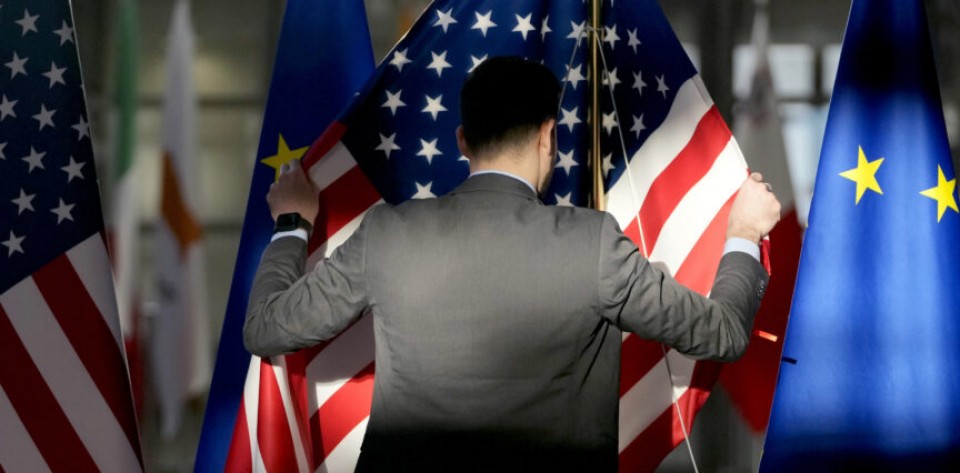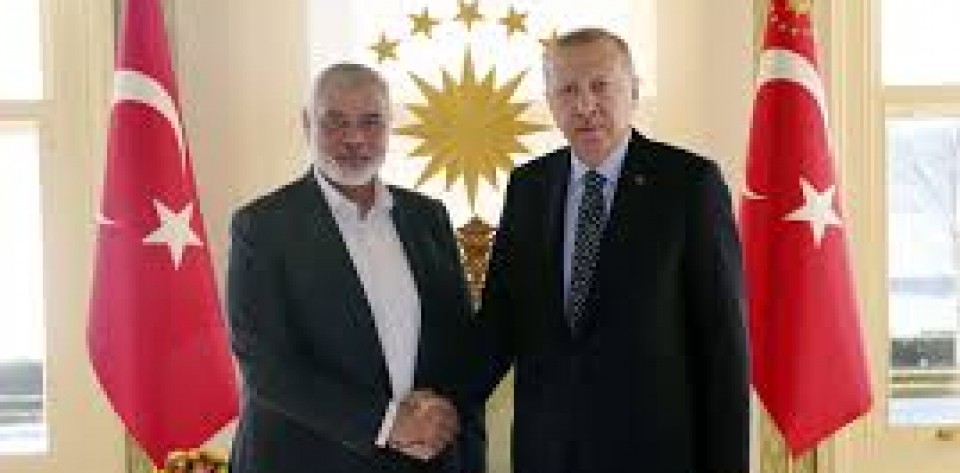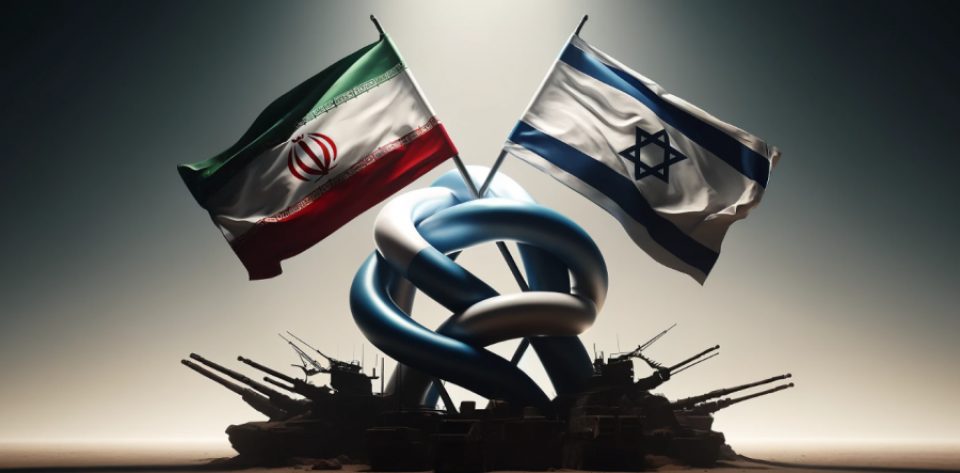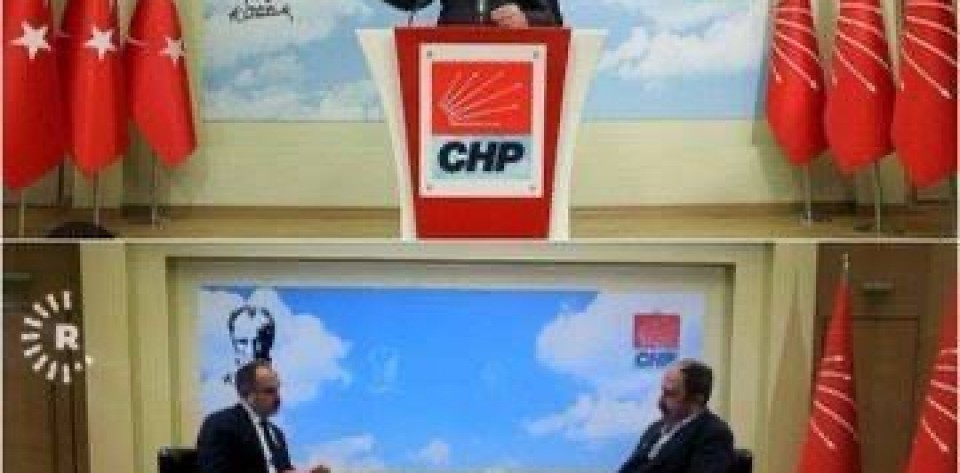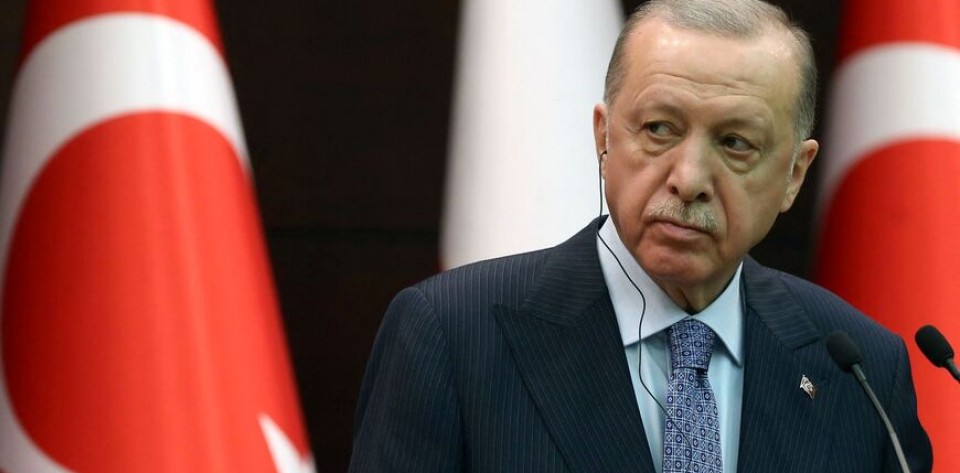Kanal Istanbul Project had been devised at first by Sultan Suleiman “the Magnificent”. The initial plans were done by the famous architect “Mimar Sinan” who also designed and constructed the “Süleymaniye Mosque”. Following his death, the project stayed as intension during Ottoman Empire era. Almost in every ear, Ottoman Empire sultans wanted to construct the project but it was halted mainly due to lack of financial resources.
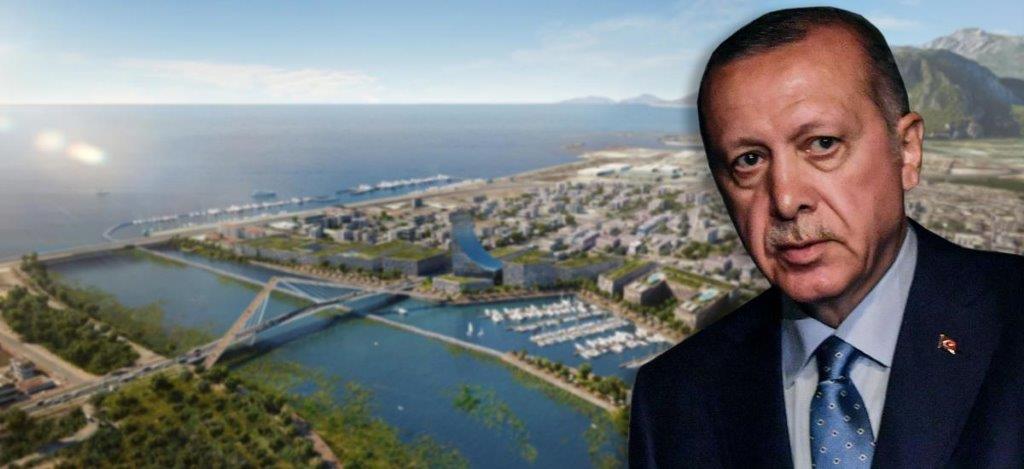
Kanal İstanbul is a Turkish project for the artificial sea-level waterway, which will be built by the Republic of Turkey on the European side of Turkey, connecting the Black Sea to the Sea of Marmara, and thus to the Aegean and Mediterranean seas. The “Kanal Istanbul” (Channel Istanbul) project will not be subject to the international treaty that limits the access of warships to the strategically pivotal waters in central Europe.
The main purpose of the project is to reduce the large marine traffic through the Bosphorus and minimize the risks and dangers associated particularly with tankers. About 56,000 vessels pass yearly through the Istanbul Strait, among them 10,000 tankers carrying 145 million tons of crude oil. International pressure is growing to increase the marine traffic tonnage through the Turkish straits that brings risks for the security of marine navigation during the passage. The canal will further help prevent the pollution caused by cargo vessels passing through or mooring in the Sea of Marmara before the southern entrance of the Bosphorus.
The cost of the project is initially estimated as $10 billion. However, considering the new accommodations, university, business centers, hospital and all other supporting facilities around the channel, it may well exceed couple of hundred billion in total.
The waterway will have a length of 45–50 km (28–31 mi) with a depth of 25 m (82 ft). Its width will be 150 m (490 ft) on the surface and 120 m (390 ft) at the canal bed. These dimensions will allow the largest vessels to pass.
Some critics have stated that Turkey aims to bypass the Montreux Convention regarding the Regime of the Turkish Straits, in order to attain greater autonomy with respect to the passage of military ships from the Black Sea to the Sea of Marmara. Some suggest that government is not exposing the genuine of such investment which would bring heavy burden to Turkish economy.
Commercial vessels and warships must abide by the Montreux Convention of 1936, which set out several rules. It bestowed freedom of passage and navigation in the straits to merchant vessels, but applied restrictions to military vessels: non-Black Sea state warships in the straits must be lighter than 15,000 tonnes and no more than nine non-Black Sea state warships may pass at any one time and they can stay in the Black Sea for a maximum of 21 days. When the project was announced during 2011, it started stirring questions for Montreux Convention.
At this moment, it is unclear either Turkey would allow the passage of warships which are highly restricted by the Convention, into the Blacksea. If Turkey restrict such warships, that would be welcomed by Russia. Unless restricted, Russia likely to prevent any entering new channel. China, Russia’s main ally, shares the same strategic views: the more strictly regulated maritime navigation is, the better. China monitors the Black Sea with particular interest as it seeks to regulate the passage of warships and tighten its control over another strategic maritime passage: the South China Sea.
The region is also of great interest to the United States, which recently announced it would revive its second fleet amid heightened tensions between NATO and Russia. China, which is Russia’s biggest ally, is also currently spreading its wings through a network of ports and military bases as part of its “Belt and Road Initiative” and will be closely monitoring the situation in the Black Sea.
It is unclear how the Turkish government plans to proceed on the new canal: whether it will impose a new limit on warships or perhaps seek a revision of the Montreux Convention to include the man-made canal. But it is almost certain that Russia will be compelled to push Turkey to declare the status of new channel before the construction starts (or ends at least). It is vital for Russia to access to hot water via Bosporus. Russian navy fleet can access to Mediterranean Sea. Moreover, the Convention enables Russia to limit the existence of NATO in Blacksea. Thus, Russia can limit the involvement of US navy in Blacksea considerably.
However, things will change between Turkey and Russia due to Kanal Istanbul Project including Turkish involvement in Libya. Turkish involvement in Libya conflicts with Russian interest in Libya. Russia has commercial interest in Libya. Either it might be Haftler or GNA in administration, Russia seeks to keep EU dependent to gas & oil via Russian related companies. Russian interest conflicts with Turkey purely on economic conflicts. Therefore, Russia can act flexible on Libya with Turkey. However Kanal Istanbul project is a different matter.
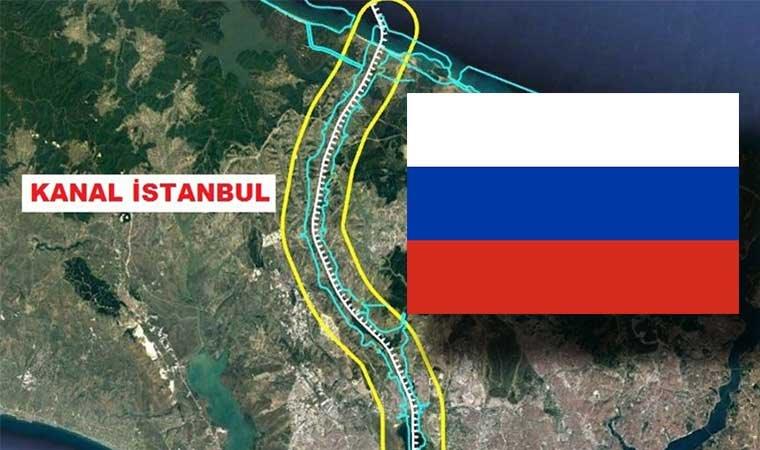
If Turkey declares that Turkey can entertain its own navy or regulations to allow war ships via the channel, then this would deteriorated the relations with Russia. It shall not be forgotten that Turkey since collapse of Ottoman Empire set its first navy fleet in Trabzon during 2018. It is the first navy yard that had been constructed in Blacksea and almost in similar region where Ottoman empire had set it once. This yard is designed to host the navy for logistic purposes and plans are ready to enlarge the yard to accommodate for maintenance and repair purposes.
This emphasizes that Turkey wants to implement its own policy in Blacksea. Russia is main energy exporter to Turkey. However, Turkey wants to access cheap energy in Mediterranean region via Syria, Iraq and Libya. But it shall not be forgotten that Blacksea has also rich gas reserves. Following the survey activities around Cyprus, it shall not be a surprise to see the survey ships in Blacksea region. Thus indicates that Turkey wants to access energy reserves without any restriction. While Turkey’s annual payment to Russia is around $30 billion, Russia will not be happy to see Turkey supplying its own energy needs from the regions where Turkey has direct control.
Considering all these facts, it is imminent to see the cracks between Russia and Turkey starting by 2020.

